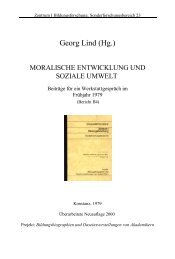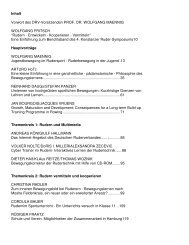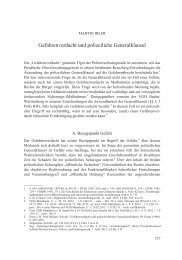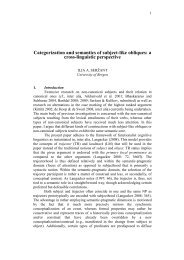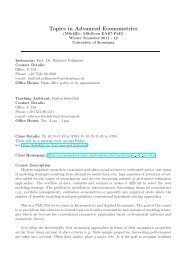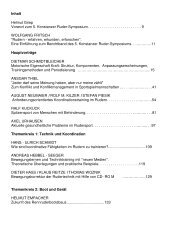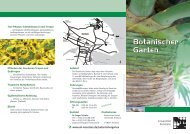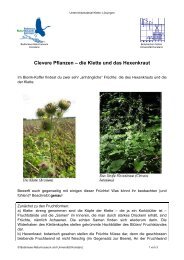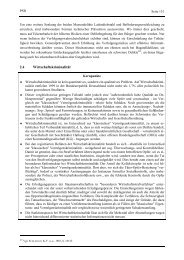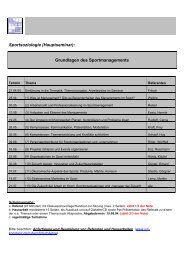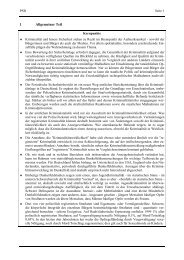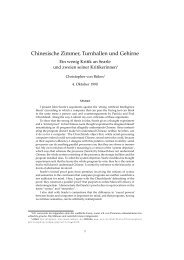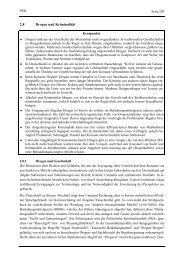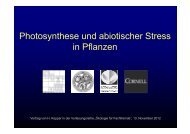Book of Abstracts Book of Abstracts - Universität Konstanz
Book of Abstracts Book of Abstracts - Universität Konstanz
Book of Abstracts Book of Abstracts - Universität Konstanz
You also want an ePaper? Increase the reach of your titles
YUMPU automatically turns print PDFs into web optimized ePapers that Google loves.
The Bonding <strong>of</strong> CO with Au8: Evidence <strong>of</strong> Cluster Charging<br />
M. A. Röttgen 1 , A. S. Wörz 1 , K. Judai 1,3 , S. Abbet 1 , J. M. Antonietti 1 , U. Heiz 1 , B. Yoon 2 , and<br />
U. Landman 2<br />
1 Institute <strong>of</strong> Surface Chemistry and Catalysis, <strong>Universität</strong> Ulm, 89069 Ulm, Germany<br />
2 Georgia Institute <strong>of</strong> Technology, School <strong>of</strong> Physics, Atlanta, Georgia 30332-0430, USA<br />
3 Institute for Molecular Science, Myodaiji, Okazaki 444-8585, Japan<br />
B - 15<br />
While Gold is inert as bulk material, it becomes catalytically active as nanoscale particles or<br />
clusters supported onto oxide support materials. In the last few years, effort was made to get a<br />
better insight into the relevant reaction mechanisms and to understand this astonishing<br />
phenomenon on a molecular level. For large gold particles a few nanometers in size, it is<br />
discussed on the one hand whether the catalytic activity can be explained by the presence <strong>of</strong><br />
active sites on the cluster-support interface or by low-coordinated, highly reactive sites. On the<br />
other hand, for small clusters, the gold octamers bound to F-centers <strong>of</strong> an MgO surface are the<br />
smallest known gold heterogeneous catalysts able to transform CO into CO2. The key for the<br />
low-temperature conversion on Au8 is the binding <strong>of</strong> the molecular oxygen and the concomitant<br />
O-O bond activation to a peroxo-like adsorbate state. This is possible as the cluster’s electronic<br />
states show resonance with the 2π* molecular states <strong>of</strong> oxygen and as these antibonding states<br />
are pushed below the Fermi level <strong>of</strong> the system upon interaction with the cluster. Interestingly,<br />
the same cluster bound to a terrace site <strong>of</strong> an MgO surface is inert for the combustion reaction.<br />
Extensive ab initio calculations predicted that charging from the F-center into the cluster is<br />
essential for the activation <strong>of</strong> gold octamers.<br />
In this contribution, we present new findings showing experimental evidence for this prediction.<br />
The measured CO stretch frequencies, ν(CO), under reaction conditions are red-shifted by about<br />
30-50 cm-1 for the octamer bound to the F-center (Au8/CO/O2/MgO(FC)) in comparison to the<br />
octamer bound to the five-coordinated terrace sites (Au8/CO/O2/MgO(O5c)). Extensive ab<br />
initio calculations reveal that this shift is caused by enhanced backdonation into the antibonding<br />
2π* orbital <strong>of</strong> CO adsorbed on the Au8/O2/MgO(FC) complex and reveal important details <strong>of</strong><br />
the bonding <strong>of</strong> CO for understanding the backdonation. In addition, calculations on free<br />
Au8/O2/CO complexes indeed show this effect to be related to a substantial change in charging<br />
<strong>of</strong> the cluster [1].<br />
References<br />
[1] B. Yoon et al., Accepted for Publication in Science (2004).<br />
53



